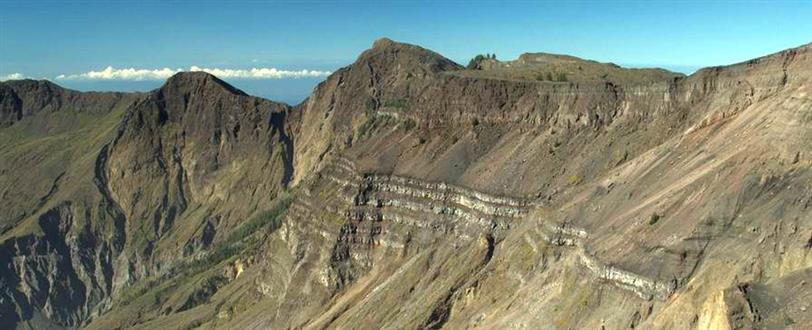Military Masterminds
HISTORY 4 x 60'
HISTORY
year without summer, the
On April 10th, 1815, a gigantic volcanic in Indonesia killed 117,000. Now, for the first time, an expedition sets out to uncover the horrific story of how so many people died. And now, new research suggests that the eruption might also have caused thousands more to die of starvation on the other side of the world. But how?

Duration
1 x 60'
Production Company
Cicada Films in asscoaition with BBC2 and France 2
YOP
2005
Definitions
SD
Episode Information
Almost 200 years ago, Mount Tambora in Eastern Indonesia unleashed the most deadly volcanic eruption in human history, killing at least 117,000 people. But the effects were unusually widespread: it is believed that this blast could have triggered an extraordinary and little known cataclysmic event – worldwide climate change. Michael Chenoweth, an American climatologist, has investigated a series of mysterious consequences of the 1815 eruption. He has discovered the frightening scale of the weather collapse: frosts and snow in June, July, and August which destroyed the harvest in Europe and North America. In that year without summer, people were suddenly fighting for survival. Thousands lost the battle and died of starvation. This film follows volcanologist Haraldur Sigurdsson as he preparing a unique expedition to the source of the horror to unravel the mystery.